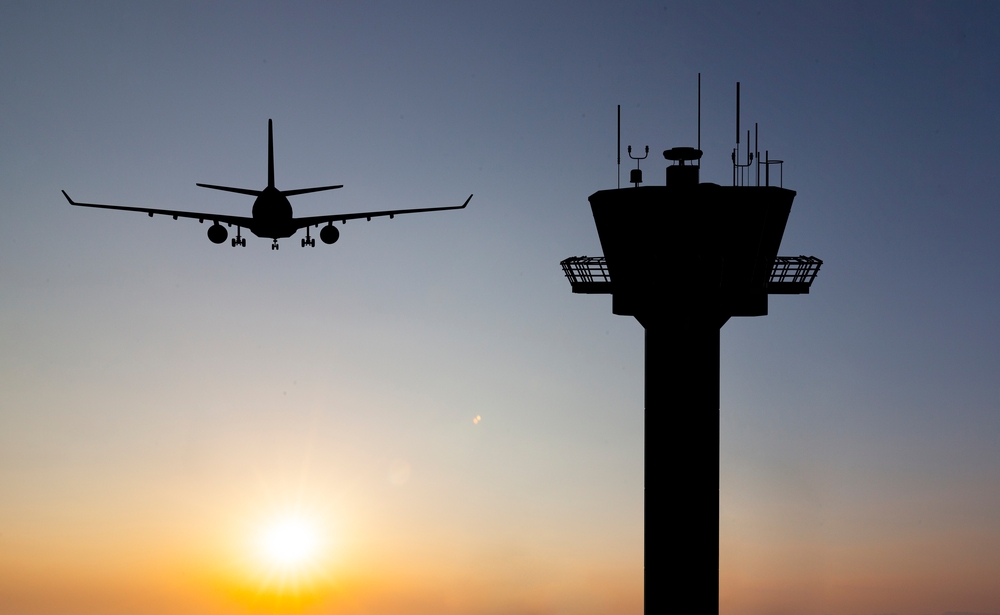UK scientists have developed a computer model where air traffic is managed solely through AI.
The project involves a “digital twin” – an artificially replicated system of UK air traffic that enables researchers to run tests and analytics in a software environment.
NASA was among the first to use a now-primitive version of the digital twin, running numerous simulations on Apollo 13 before providing the crew with the final instructions that got them back to Earth. Digital twins are commonly used to model manufacturing systems and cities.
The air traffic control project, dubbed Project Bluebird, is a £15 million initiative exploring the potential contributions of AI in aiding or even exceeding human air traffic controllers.
Backed by the UK government, the project involves collaboration with the National Air Traffic Services (NATS), which is responsible for UK air traffic control, as well as the Alan Turing Institute and Exeter University are also involved.
The project’s aims
Project Bluebird has been in progress for over 2 years and aims to direct flights via more fuel-efficient routes, reduce delays, and alleviate congestion, especially at high-traffic hubs like London’s Heathrow Airport.
The project also addresses the current shortage of air traffic controllers, a role that requires a lengthy three-year training period.
Richard Cannon, NATS research lead on the Bluebird project, said, “We have been preparing for this over the past decade by recording air traffic movements over the UK.” The dataset includes 10 million flight paths.
“Project BlueBird: An AI system for Air Traffic Control”, is a £13.7M, 5 year @EPSRC prosperity partnership between @turinginst and @NATS, led by @proftimdodwell @UniofExeter.#AI #datascience #MachineLearning https://t.co/FS5yUOR2qj
— Uni of Exeter’s Institute for Data Science and AI (@UniExeterIDSAI) July 22, 2021
Human operators are beginning to collaborate with AI within the digital twin.
“By the end of the project in 2026, we aim to run live ‘shadow trials’ in which the AI agents will be tested on air traffic data in real time, allowing a direct comparison with the decision-making of human air traffic controllers,” Cannon noted.
The long-term vision is to combine the skills of AI with human operators. However, trials will take several years before any official transition to a computer-controlled system is even contemplated.
Last month, the UK’s existing air traffic system faulted, failing to process flight plan data during a bank holiday, leading to widespread travel disruption.
NATS said the computer fault was a “1 in 15 million chance” and is still investigating the issue. This highlights the potential for software errors in these critically high-risk software systems.
While Cannon and Everson refrained from commenting on whether AI could have averted this form of failure, Everson suggested that AI integration bolster the system’s resilience against unforeseen events.
The digital twin developed by Project Bluebird spans what is known as the London flight information region, encompassing most of the airspace over England and Wales.
“In every air traffic control system in the world all decisions are made by a human,” Cannon stated.
“We are not saying that we want to automate the skies over the UK but we are pushing the envelope as far as we safely can.”





